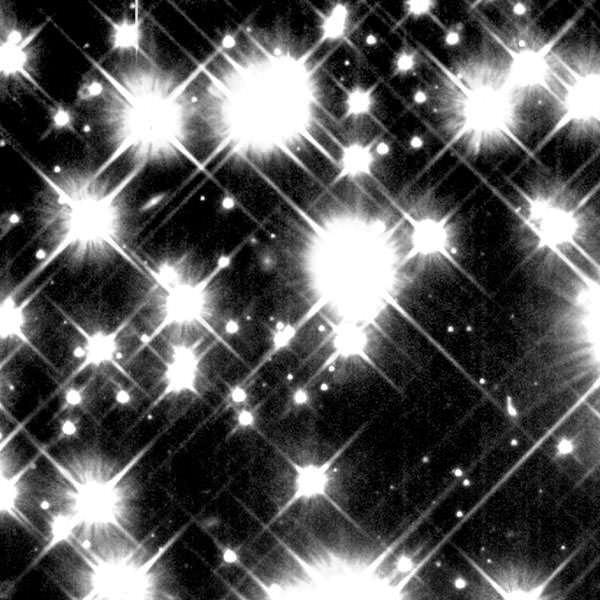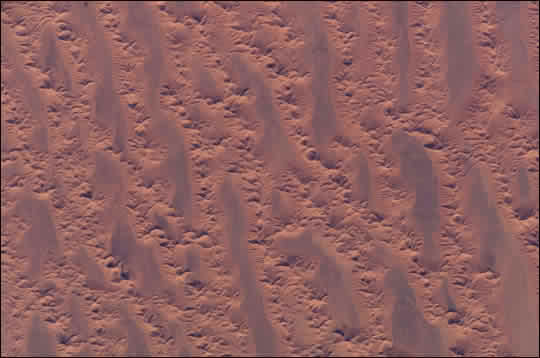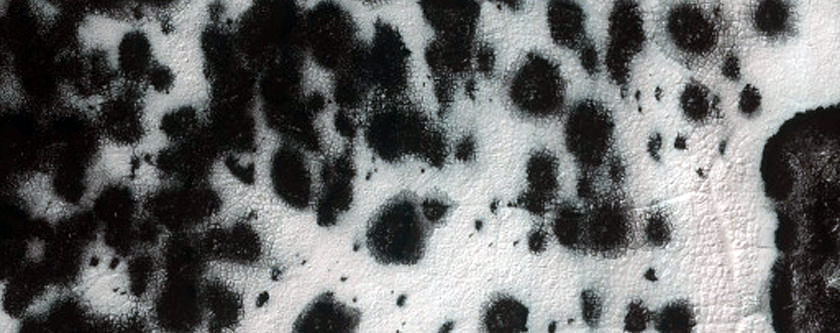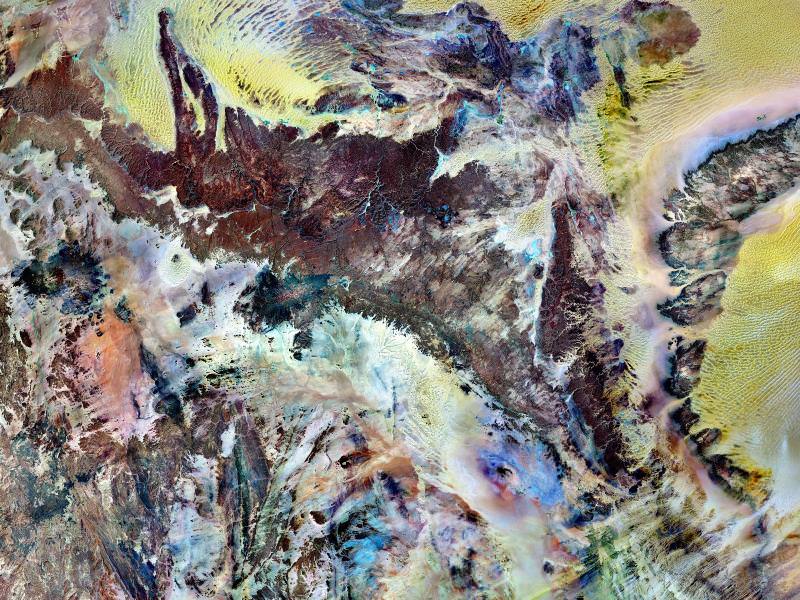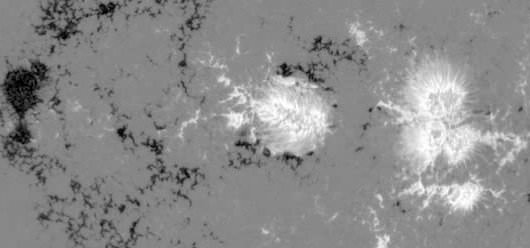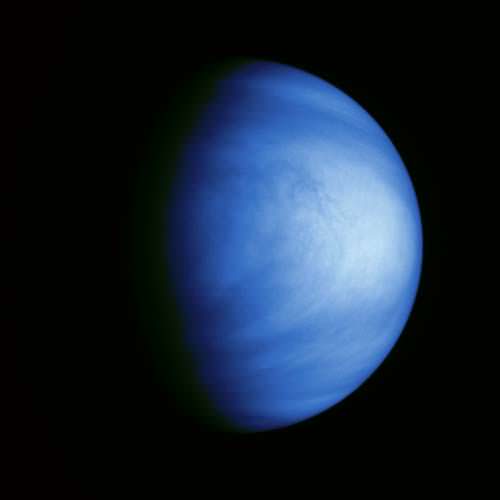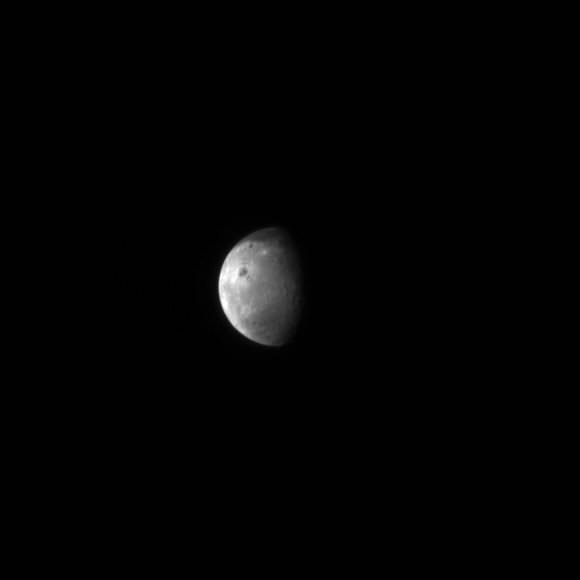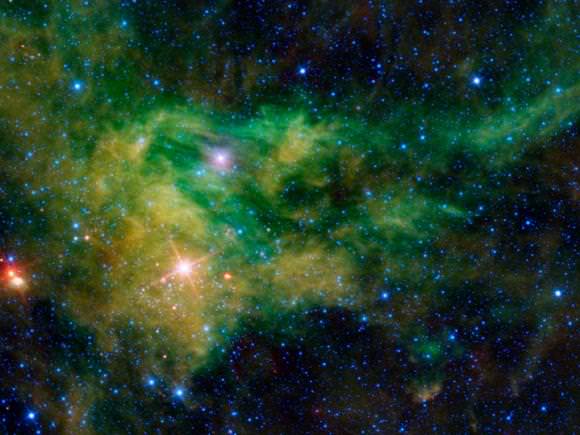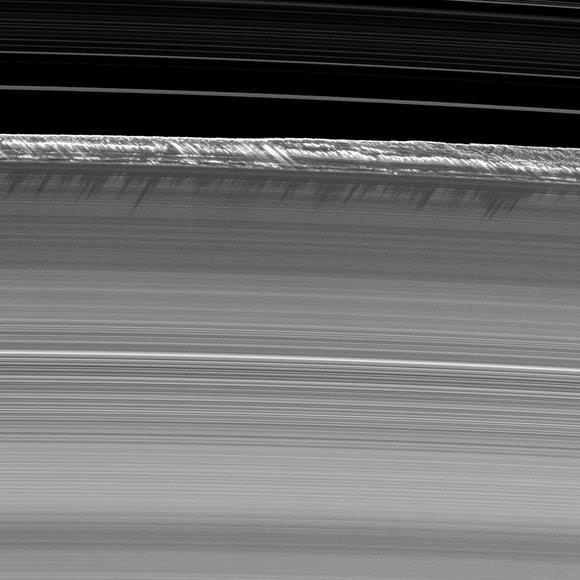Here’s this week’s image for the Where In The Universe Challenge, to test your visual knowledge of the cosmos. You know what to do: take a look at this image and see if you can determine where in the universe this image is from; give yourself extra points if you can name the spacecraft/telescope responsible for the image. We’ll provide the image today, but won’t reveal the answer until later. This gives you a chance to mull over the image and provide your answer/guess in the comment section. Please, no links or extensive explanations of what you think this is — give everyone the chance to guess.
UPDATE: The answer has now been posted below.
I admit, I too thought this was the Lights of Zetar at first glance, but then learned it is a Hubble close-up of ancient white dwarf stars in the Milky Way Galaxy. Hubble peered deep into the globular star cluster M4 and was able to detect the white dwarfs which are no more luminous than a 100-watt light bulb seen at the moon’s distance from Earth. Hubble reveals a total of 75 white dwarfs in one small area within M4 out of a total of about 40,000 white dwarfs that the cluster is predicted to contain.
See more info at the HubbleSite.

